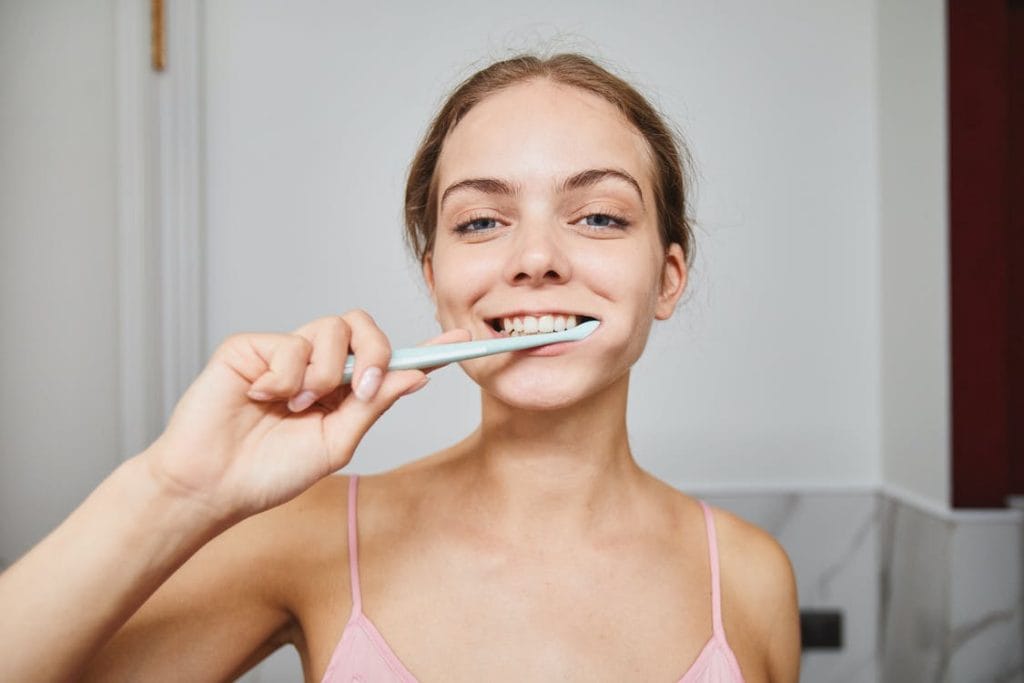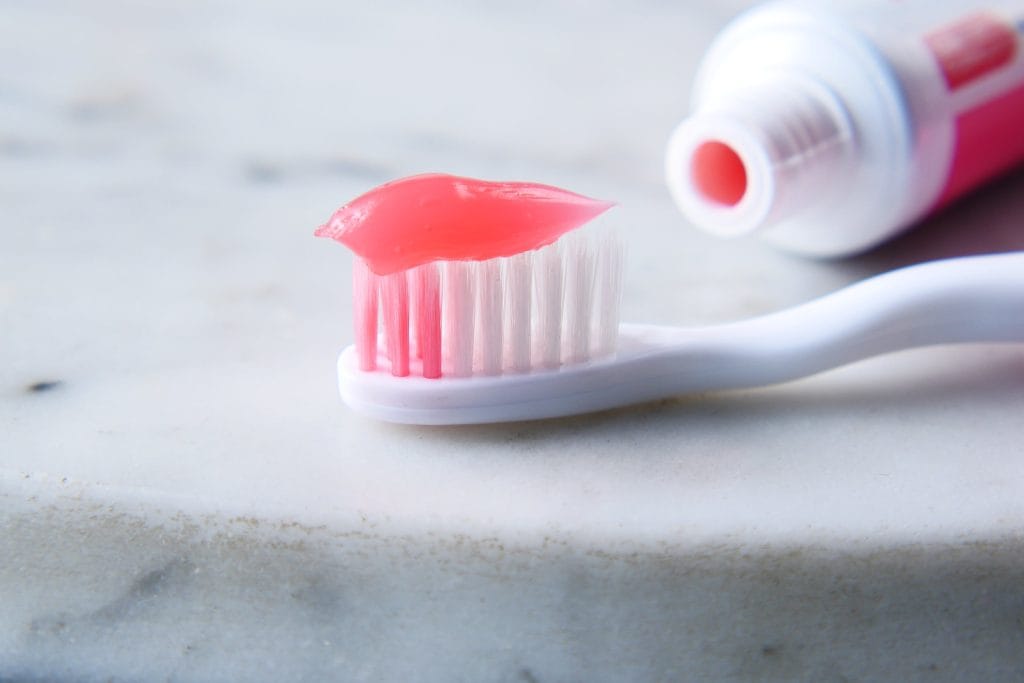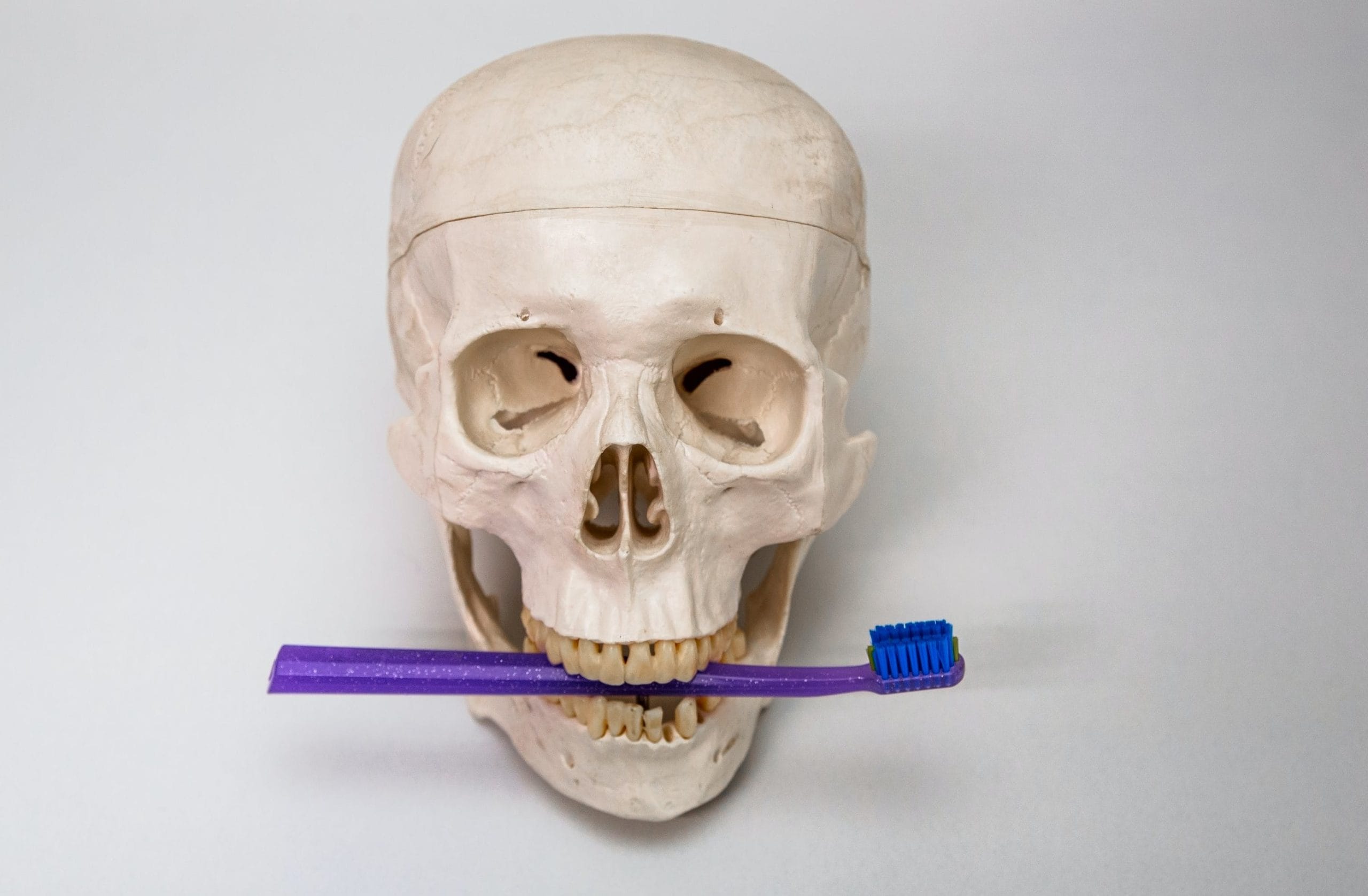For many years it was believed that fluoride in dentifrices protected against tooth decay, but in recent years there has been growing evidence that it is harmful. We decided to check if this is true.
Articles about harmful is fluoride possible? find on websites dentists. Manufacturers And sellers products for oral hygiene also raise this issue, and alone consider the fluorine content in pastes to be an advantage, other - its absence. Some users social networks and bloggers and at all see in the use of fluoride CONSPIRACY for the purpose of enslaving or destroy population.
When we eat food or drink, plaque forms on our teeth. It contains harmful microorganisms that create an acidic environment in the oral cavity, destroying tooth enamel, which can ultimately lead to caries. Since we cannot constantly clean off this plaque throughout the day, we need to strengthen the tooth enamel. And the most effective means That's what fluoride is for.
Over the past hundred years, dozens of studies have been conducted to determine the effects of fluoride toothpastes on dental health. Scientists from an authoritative medical portal, the Cochrane Library, studied and systematized the results of 96 studies conducted from 1955 to 2014. They came to conclusionthat fluoride in oral hygiene products really helps protect teeth from caries, both milk and permanent. Studies have been conducted on tens of thousands of children and adults, and scientists consider the evidence to be quite reliable.

Recommended dentists the fluoride concentration in the paste is from 1350 to 1500 parts per million (ppm), manufacturers usually write about this on the packaging. For children under three years of age, you can use products with lower concentrations, but minimum effective dose - 1000 ppm.
At the same time, excess fluoride Maybe lead to fluorosis. These are white streaks or spots on the enamel of teeth. Fluorosis is not harmful to health and does not lead to caries, but the color of tooth enamel will be uneven and it may not look very aesthetically pleasing. It is impossible to remove it without teeth whitening. It develops while teeth are forming and erupting through the gums. Once the tooth comes out, it is no longer in danger of fluorosis. Therefore, exceeding the concentrations of fluoride consumed is dangerous only for children and adolescents who have not yet grown all their molars.
Fluorine is a truly poisonous element and is found in some compounds that are used as insecticides And poisons for rodents. However, this does not at all prove that fluorine and fluorides in toothpastes are dangerous to health - it all depends on the concentration and reaction with other substances. As for the suspicions of some Internet users that fluoride in toothpaste can cause cancer, then scientists spent many research and found no relationship.

However, overdose fluoride in hygiene products can lead to poisoning. But in order for this to happen, you need to eat toothpaste in the amount of 3-5 g per kilogram of weight. That is, to get seriously poisoned, child weighing 10 kg should eat as much as 30–50 g of toothpaste with fluoride. It is simply impossible for such an amount to get into a person’s mouth by accident while brushing their teeth (not to mention swallowing). Therefore, to prevent this, you just need to store pastes - with or without fluoride - out of the reach of small children.
There is an opinion that fluoride in hygiene products negatively affects the mental abilities of children, but authoritative scientists We also could not find any confirmation of this.
Maximum safe The amount of fluoride consumed for an adult is 10 mg per day. This is much more than what is contained in toothpaste, but we must take into account that fluoride is also found in many other products - and even in tap water.
In some countries, fluoride is specially added to the water supply - precisely in order to prevent caries in the population. Such idea back at the beginning of the last century, it was born from the research of the American dentist Frederick McKay, who studied fluorosis and noticed that caries on teeth stained from excess fluoride occurs less frequently and develops more slowly. Soon other scientists picked up this idea, and already in 1945 the city of Grand Rapids in the US state of Michigan first started fluoridating tap water. Water fluoridation named One of the greatest scientific achievements of the 20th century, as it is a highly effective, cost-effective and safe measure for maintaining dental and oral health.

Is it really safe? Scientists think, that yes. However, it would still be a good idea to check what the fluoride content is in tap water in your region. Norm - no more than 0.7 mg/l, and the maximum permissible concentration approved WHO and enshrined in Russian SanPiN - 1.5 mg/l. If yours is higher (and the concentration of fluoride in water may vary from region to region for natural reasons), you can get by with toothpaste without fluoride, replacing it with those containing calcium, which also strengthens the enamel.
Thus, using oral hygiene products with fluoride actually reduces the risk of tooth decay and strengthens teeth. However, there is no convincing evidence or research that fluoride in the concentrations and compounds in which it is contained in pastes can harm health. Fluoride in toothpastes and mouth rinses can cause poisoning, but to do this you need to consume them in quantities tens of times higher than normal. The use of such pastes can only harm children whose molars have not yet grown, since excess fluoride can cause fluorosis, a cosmetic defect of the enamel.
Since the myth about the dangers of fluoride is widespread not only in Russia, our foreign colleaguesfact checkers also already his refuted.
Mostly not true
Read on the topic:
- Is it true that flossing helps prevent tooth decay and gum disease?
- Is it true that sugar is addictive?
- The Story of Fluoridation
If you find a spelling or grammatical error, please let us know by highlighting the error text and clicking Ctrl+Enter.






